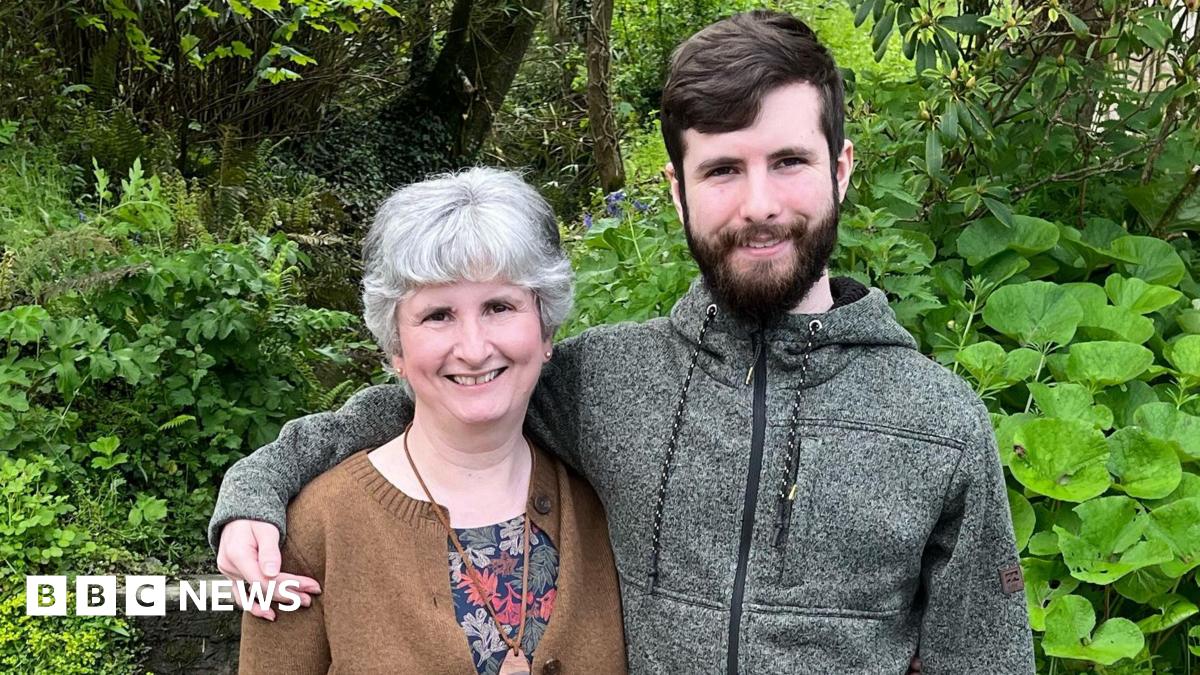The Bank moves rates up and down to try to control inflation, which measures the pace of overall price rises.
The idea is that if you make borrowing more expensive, people have less money to spend. People may also be encouraged to save more.
In turn, this reduces demand for goods and slows the rate at which prices are rising.
But it is a balancing act – increasing borrowing costs risks harming the economy.
Businesses, for example, may borrow less, making them less likely to create jobs. Some may cut staff and reduce investment.
The Bank’s Monetary Policy Committee (MPC) – the group of people at the Bank that decide on rates, cut them in November from 5% to 4.75% – the second reduction in 2024.
However, rising prices, combined with figures on Tuesday that showed faster growth in wages, suggest that the central bank may need to hold interest rates at their current level for longer.
Paul Dales, chief UK economist at the think tank, Capital Economics, said November’s higher inflation figure made it very unlikely that interest rates would be cut on Thursday.
“There is almost no chance of the Bank of England delivering an early Christmas present with another interest rate cut,” he said.
“That’s especially the case since domestic inflation pressures appear to be a touch stronger than the Bank expected.”
Capital Economics predicts inflation will dip in December and then rise again in January.
But it anticipates that by the end of next year, it would have fallen back to close to the Bank of England’s 2% target.
Credit: Source link











